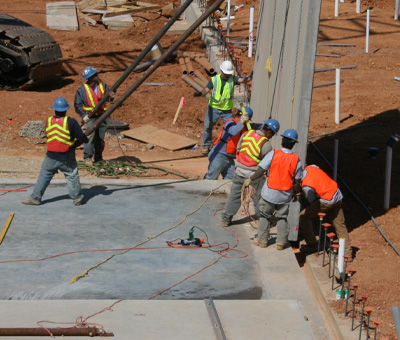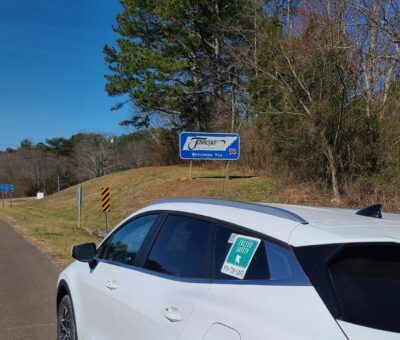For construction, safety transcends mere compliance—it embodies the core ethos of a responsible business. Among the myriad metrics employed to assess a company’s commitment to safety, the Experience Modification Rate (EMR) stands out for its profound influence on a firm’s marketability and longevity. Achieving and sustaining a commendable EMR is contingent upon fostering a safety-centric culture that consistently minimizes incidents.
Understanding EMR: A Reflection of Safety and Risk
The EMR, alternatively known as the Mod Rate or Experience Mod, serves as a numerical embodiment of a construction company’s safety record and risk level relative to its industry peers. Calculated annually by insurance entities and rating bureaus, this metric derives from an analysis of the company’s workers’ compensation claim history and associated costs over a trailing three-year period. An EMR of 1.0 denotes industry average safety performance; values below 1.0 indicate superior safety standards, while figures above 1.0 suggest a heightened risk profile, potentially leading to elevated insurance premiums or challenges in securing contracts.
The Role of EMR in Risk Management and Competitive Advantage
EMRs are pivotal for risk assessment and management within construction firms. By scrutinizing past claims and identifying patterns in workplace injuries and incidents, companies can pinpoint areas for improvement. Initiatives geared towards safety enhancement and risk mitigation not only contribute to lower EMRs but also signal a company’s unwavering commitment to safety. This commitment, in turn, fosters a more efficient, profitable business environment.
In the fiercely competitive construction industry, a favorable EMR distinguishes a company by underscoring its efficiency and safety-first approach. General contractors and project owners increasingly weigh safety records and EMR scores heavily in their contractor selection criteria. A low EMR enhances a firm’s appeal, strengthening its position in negotiations and bidding processes.
Attracting Skilled Labor through Safety Excellence
Talented workers prioritize employers who demonstrably commit to safety. A low EMR serves as a tangible measure of a company’s proactive stance on safety, making it a more attractive workplace for skilled laborers seeking secure and healthy work environments.
Regulatory Compliance and OSHA Attention
Adherence to OSHA standards and other regulatory mandates is indispensable in the construction sector. Elevated EMRs can trigger increased scrutiny from OSHA, potentially leading to audits, fines, and legal repercussions. Prioritizing safety not only aids in maintaining a favorable EMR but also mitigates the risk of regulatory interventions, preserving both time and resources.
Conclusion: EMR as a Safety Barometer
The Experience Modification Rate (EMR) encapsulates a company’s dedication to protecting its most precious asset—its workforce. Embracing safety as a core business strategy enhances business continuity and profitability, reflecting the ethos of Exceed Safety: safety and success are not mutually exclusive but are, in fact, symbiotic.








